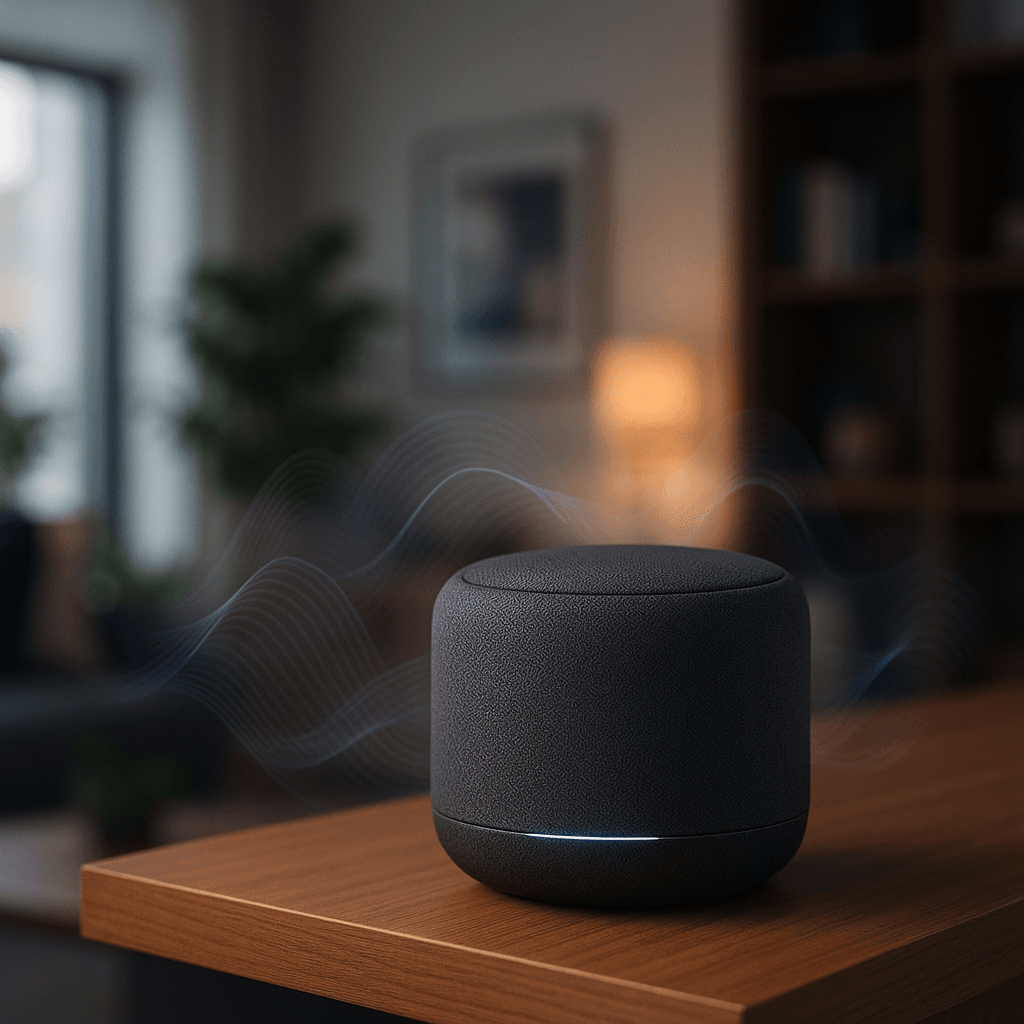Amazon just dropped two groundbreaking speakers that defy physics. The new Echo Studio delivers the same spatial audio punch in a device 40% smaller than before, while the first-ever Echo Dot Max triples the bass output of standard Echo Dots. Both devices use AI-powered room adaptation that automatically tunes sound to any environment without manual calibration.
Amazon just pulled off what seemed impossible - cramming premium audio quality into devices that are smaller and smarter than ever before. The company's audio engineering team spent months pushing against the fundamental laws of physics to deliver two new speakers that redefine what's possible in compact audio design.
The numbers tell the story. The new Echo Studio shrinks to just 6 inches in diameter - about the size of a large grapefruit and 40% smaller than the original. Meanwhile, the debut Echo Dot Max delivers nearly three times the bass output of standard Echo Dot models while maintaining the familiar compact form factor.
"We designed these devices to really push the limits of what is physically possible," Richard Little, senior manager for audio hardware technology, told About Amazon. The challenge wasn't just engineering - it was reimagining how sound works in small spaces.
The breakthrough came through radical internal redesigns. For the Echo Dot Max, Amazon's team eliminated the traditional internal speaker module entirely, sealing components directly to the device housing. This architectural shift roughly doubled the available airspace behind the speaker, allowing for larger drivers and dramatically improved bass response.
But hardware alone couldn't solve the physics problem. When engineers hit the limits of what materials could do, custom software algorithms stepped in. "No matter what you're playing, we have an algorithm that maximizes the bass and delivers it as cleanly as possible while minimizing distortion," Little explained.
The team went through more than 30 prototypes across both devices, custom-designing most components in-house rather than relying on off-the-shelf parts. "We shrunk the size of our components to fit within a smaller, more appealing industrial design, but pushed their physical limits to output more sound and maximize performance," Little noted.
Even the fabric covering required innovation. The 3D knit material needed to be "acoustically transparent" - loose enough to let sound pass through without creating unwanted noise from air pressure, but tight enough to stay stable. Amazon developed a hidden tensioning system within the power port to keep fabric perfectly taut while meticulously tuning audio output to compensate for frequency effects.












